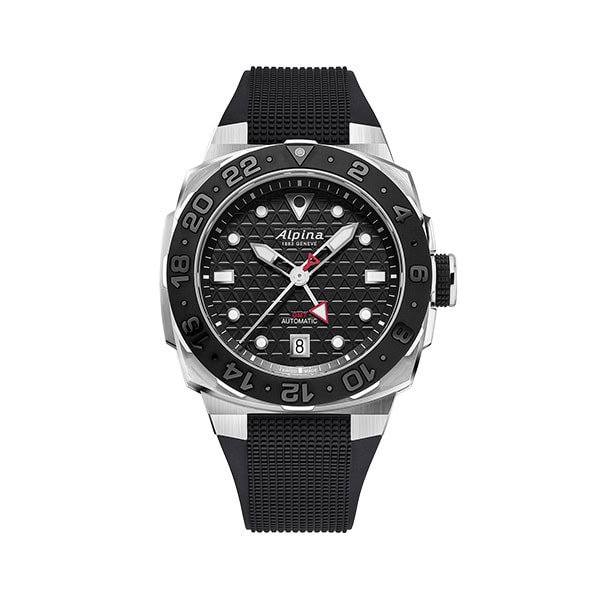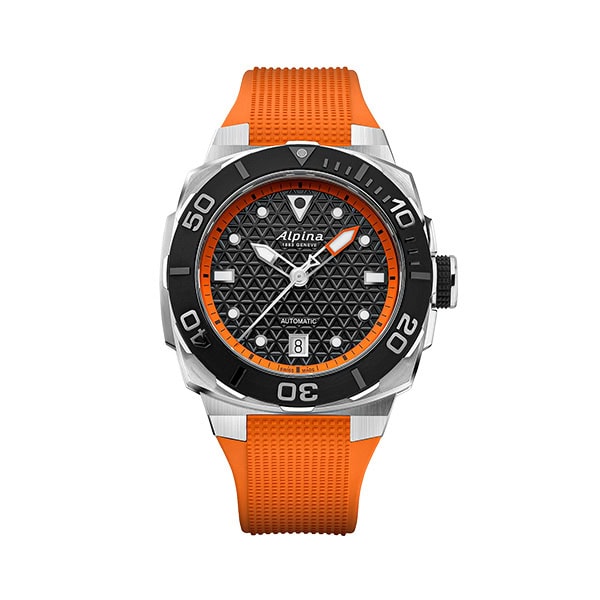

Iceland is known worldwide for its extreme environments, temperamental weather, and otherworldly scenery. I’ve been lucky enough to experience the Arctic island on two occasions this year, this time accompanied by the Alpina Seastrong Diver Extreme Automatic and Extreme Automatic GMT. As an outdoor adventure-focused photographer, I needed a watch that was bombproof and capable of taking on the elements, from gale-force winds and sideways rain to jagged rocks and freezing temperatures (all of which we experienced on this mission). These rugged watches were particularly well suited for the job.
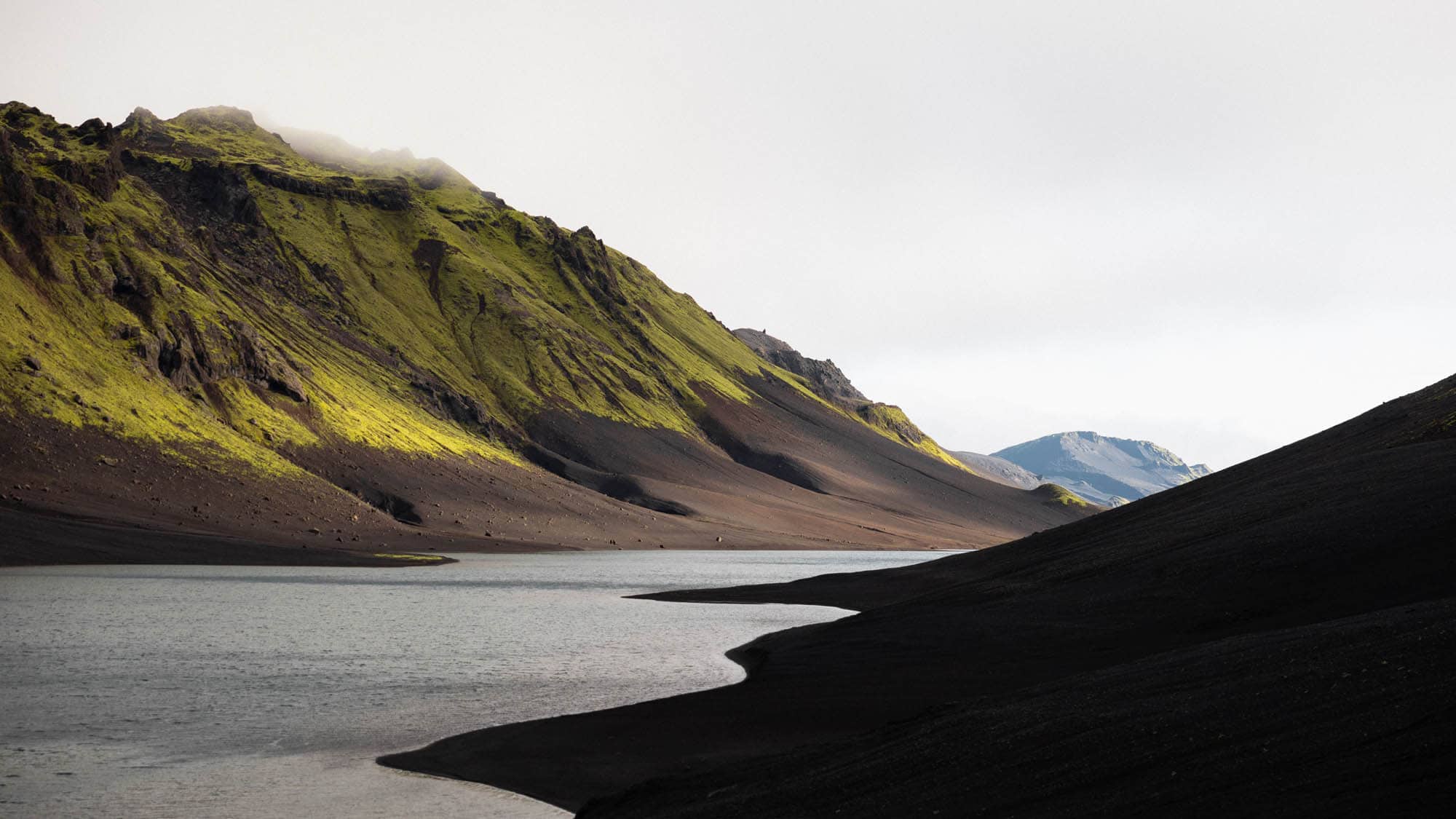

September in Iceland means quite a bit of rain, dropping temperatures, and the first snows as winter arrives in the Land of Fire and Ice. This mission was focused around photographing the highlands region, which covers almost 50% of Iceland’s land area and is inaccessible for 8 months of the year due to heavy snowfall. On my last visit at the tail end of winter, the only way to get into the highlands was by way of a heavily modified “super jeep,” with tires half my height, on-board inflation systems and a huge lift.
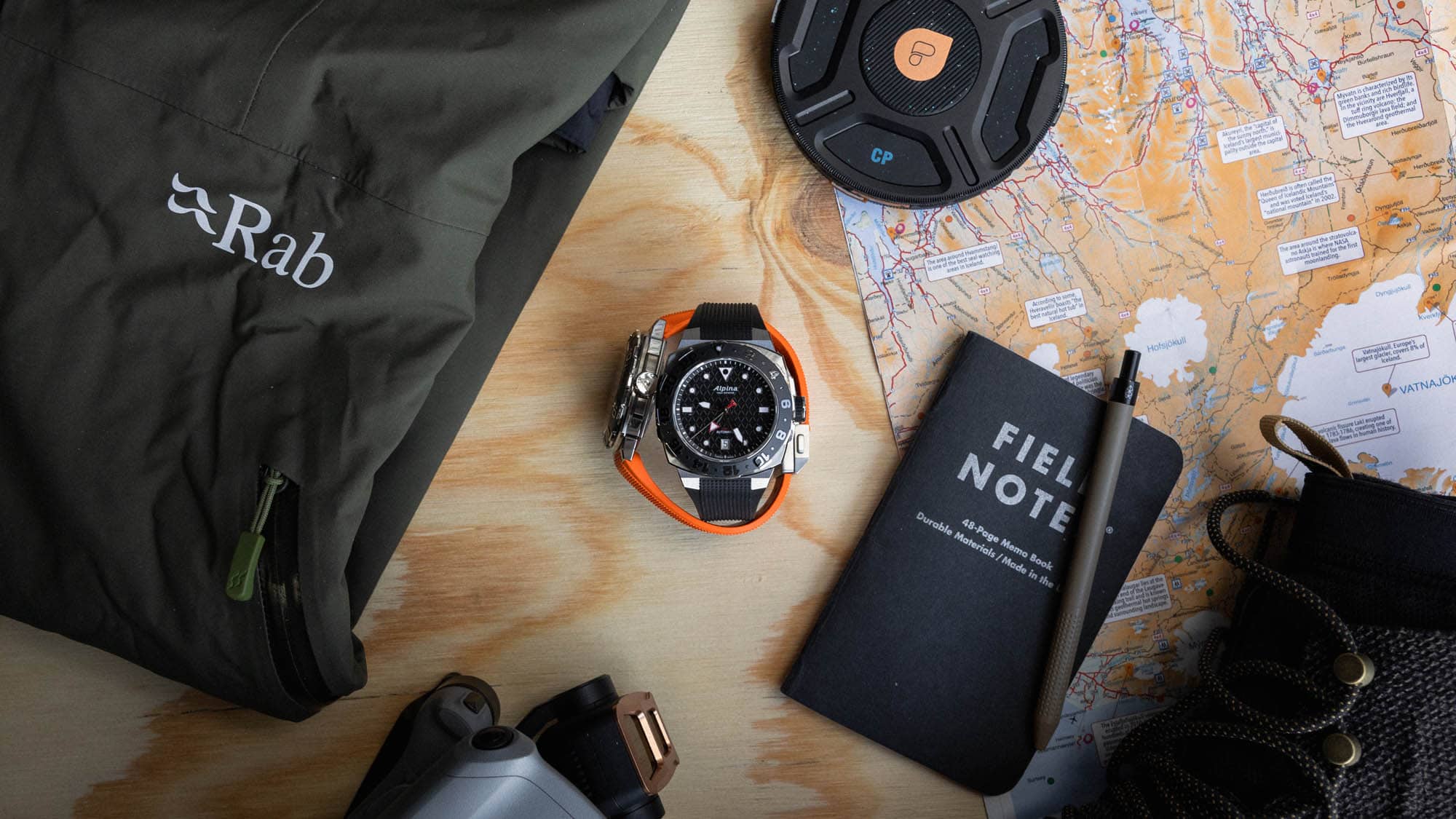
This time though, the snow was melted, and my team was ready to take on the most rugged landscapes in the country. We landed on a brisk, clear morning in Keflavík, grabbed the most capable pickup truck we could find, and headed straight for the Kerlingarfjöll mountain range, stopping at one of Iceland’s tallest waterfalls, Háifoss, on the way. Battered by rain and endless spray from the fall, I got to put the Seastrong Diver Extreme Automatic to the test immediately. Its 300m water resistance and burly 39mm stainless-steel case stood up to the water and rocks with ease. The rubber grip around the crown meant that I was able to set the watch for our new time zone regardless of the spray. The high-contrast dial was easy to read and shockingly fog-free.
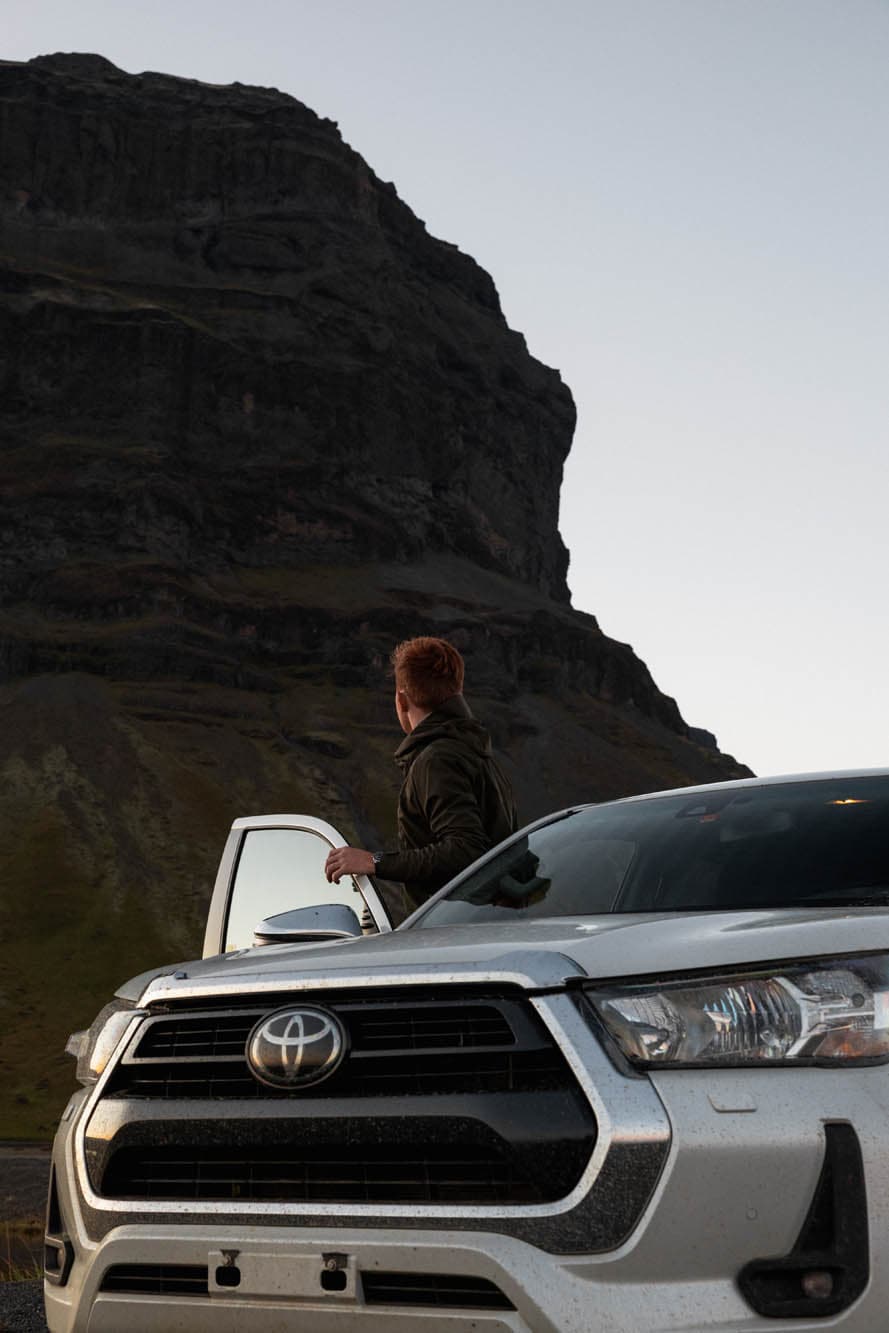
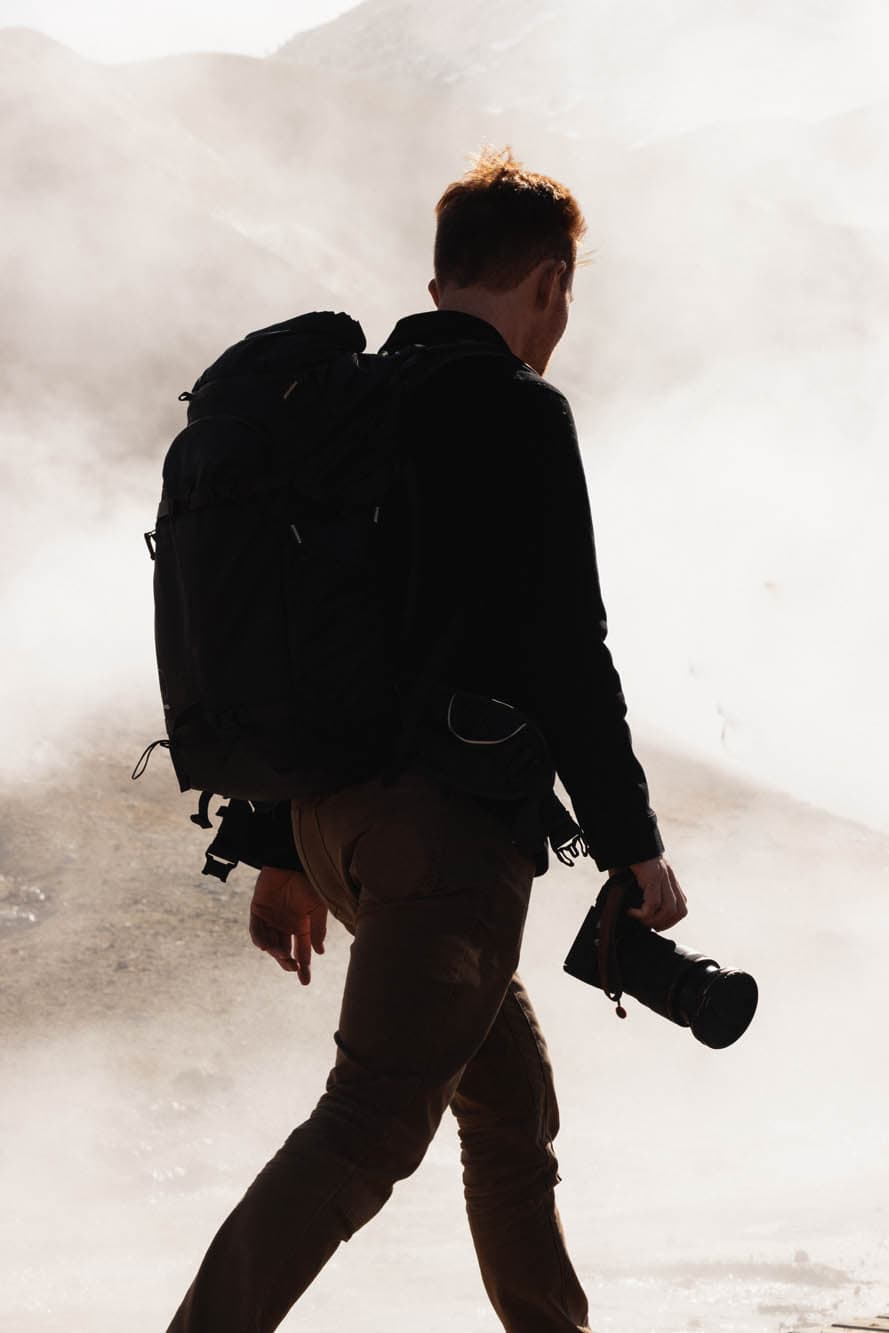
Following Háifoss, we made our way into the Kerlingarfjöll mountains, stopping for a few nights at Blue Lagoon’s Highland Base hotel. In a historic valley known for skiing, Blue Lagoon revived the ski resort and took advantage of the valley’s geothermal activity, building around natural hot springs to create the ultimate mountain refuge. After driving in next to glaciers and braided rivers, we spent a much-needed few days of rest here with an occasional shoot at some of the nearby areas.
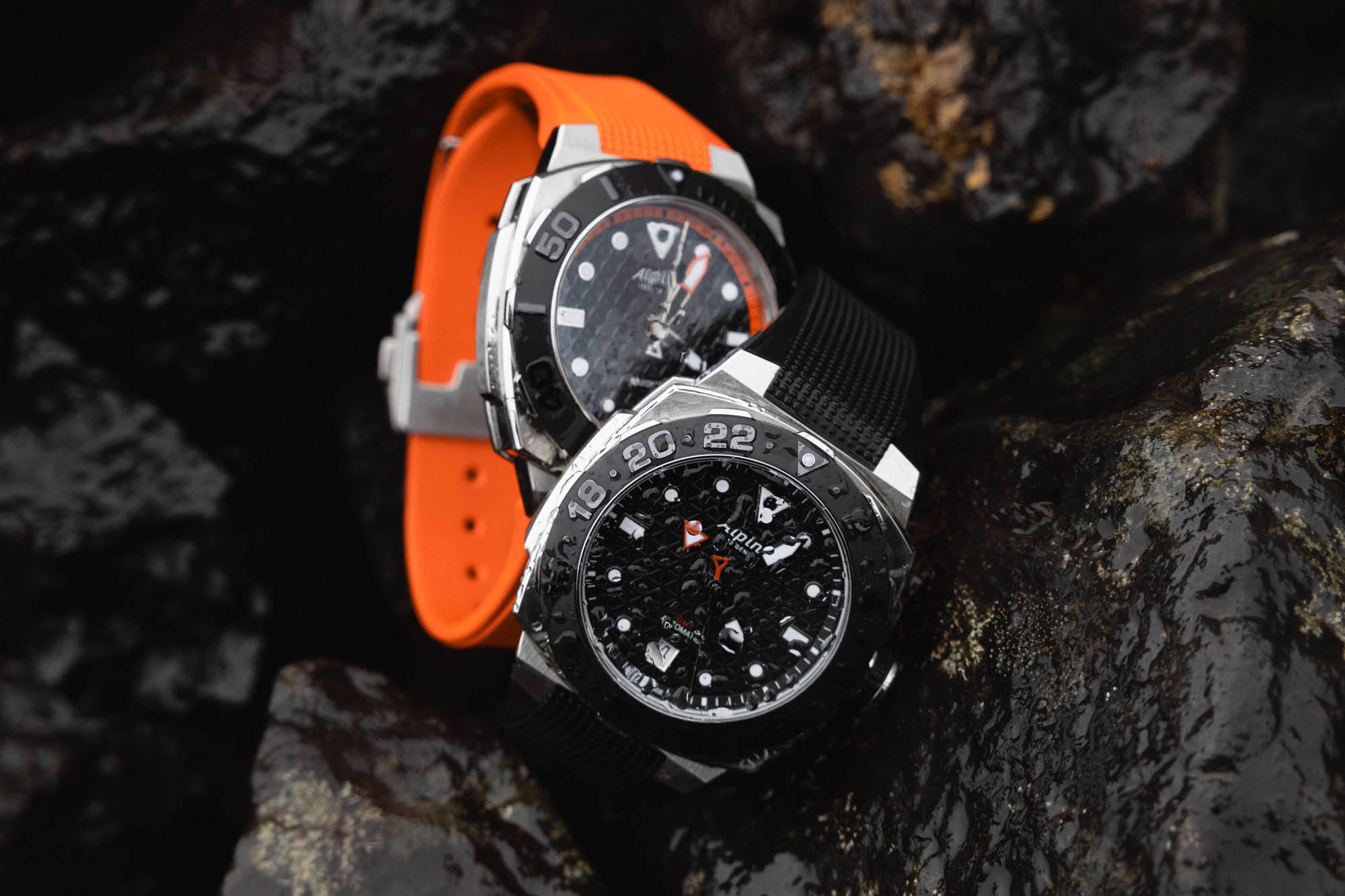
Nearby is the beautiful Hveradalir geothermal area, full of mud pots and hissing geothermal vents. This is a deeply historic area, and it is said that Hveradalir actually resembles Helvíti, the Norse underworld. In fact, the entirety of the surrounding mountains are said to be the home of the Huldufólk, invisible supernatural beings that live in rocks and hills, hidden from human eyes. Walking into Hveradalir and hearing the hiss of the vents, feeling the warmth of the underlying volcanic activity was a truly unforgettable experience.
Preparing for a mission like this involves meticulous planning and a well-dialed kit. For me, this meant finding a delicate balance between my most hardy gear and keeping weight down. Making things more complicated, I also had to allocate space to photographable outfits and camera gear for commercial shoots while exploring. I ended up settling on a minimal kit, making up in weight for bringing along some of my more durable items.

To keep the rain at bay, I opted for a do-it-all Gore-Tex shell, the Kangri from Rab Equipment. The deep green of the shell conveniently complemented the thick moss that grows in Iceland and provided a nice contrast to the orange band of the Seastrong Diver Extreme Automatic. From Rab Equipment, I also brought along a pair of my Velocity Guide Gloves. My bag was looking more and more like my typical ice climbing kit as I put it together, but that’s just Iceland in the shoulder season for you.
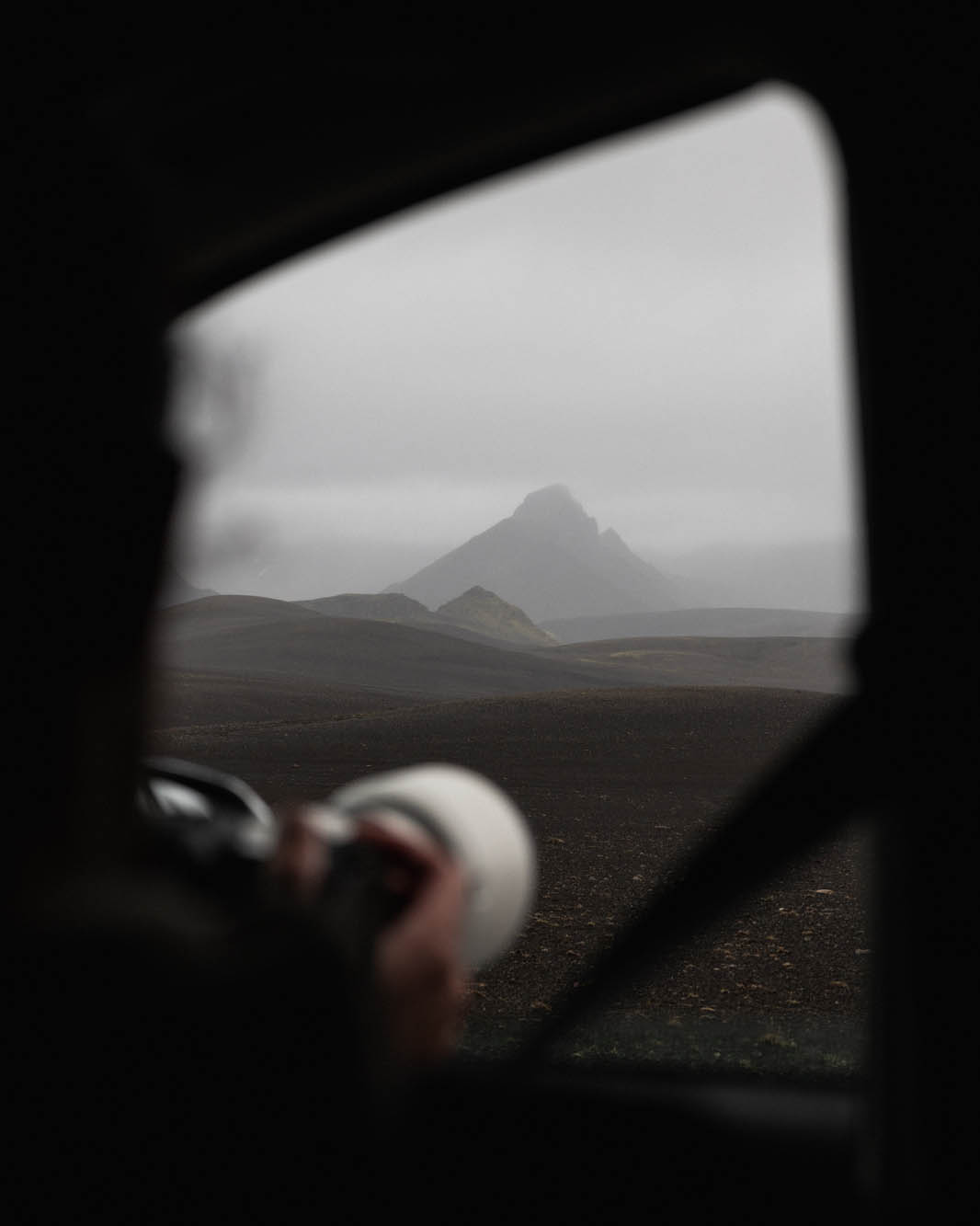

For boots, I brought along my Naglev Unico Combat Waterproof boots. Not only do they look great, they have a surprisingly grippy outsole on wet hikes and feature a merino wool bootie for added warmth. With an upper made of a single piece of Kevlar, these boots are just about as rugged as it gets—perfect for Iceland’s mountains. Shifting away from the weatherproof wear, I also had to be intentional with the camera gear that came with me. I packed my Canon EOS R6 Mark II as it provides a perfect hybrid photo/video camera, along with my 24-70mm f/2.8 lens and my 70-200 f/4. Another on my team had a 100mm Macro lens in tow, so I was thankfully able to leave that one at home.
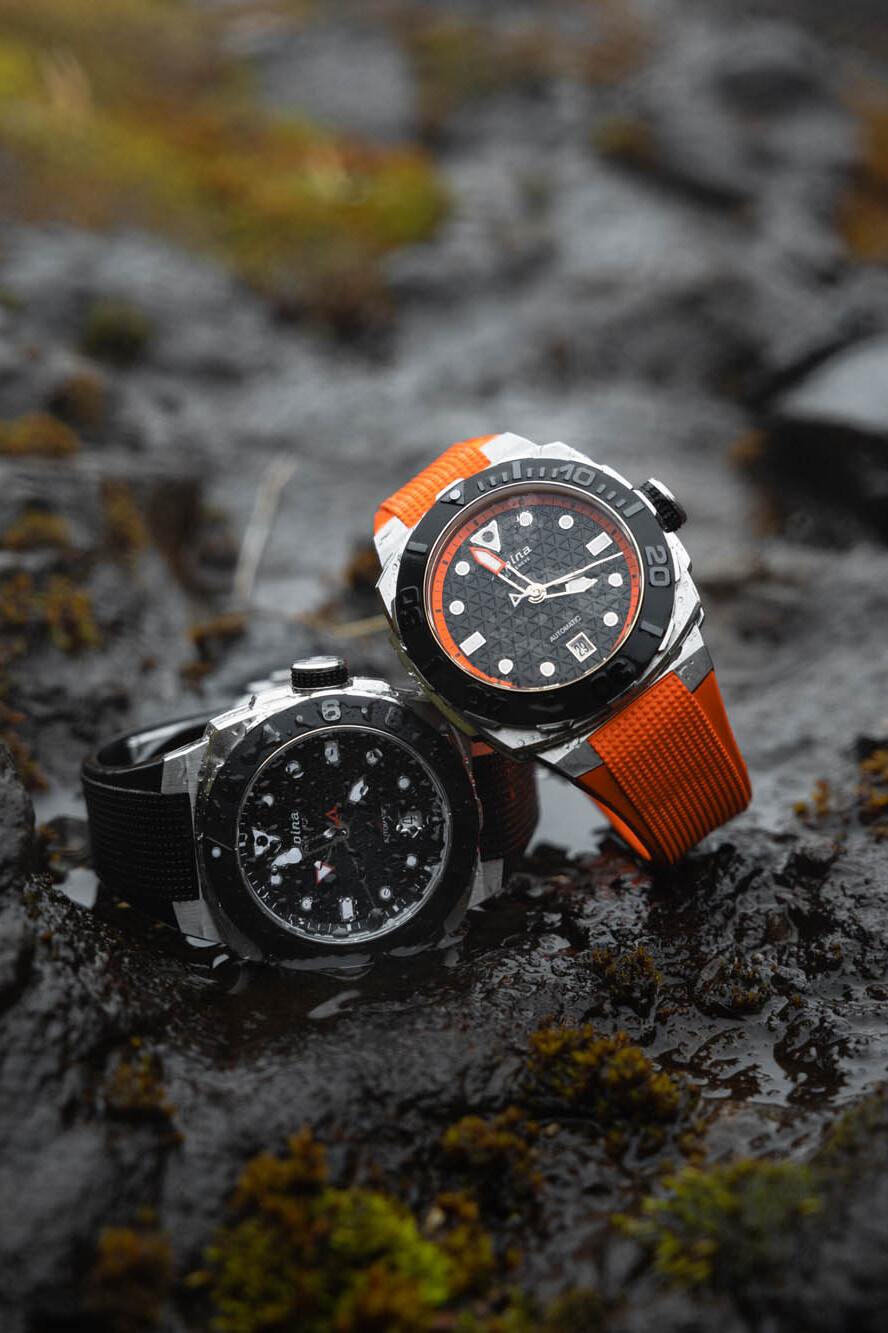
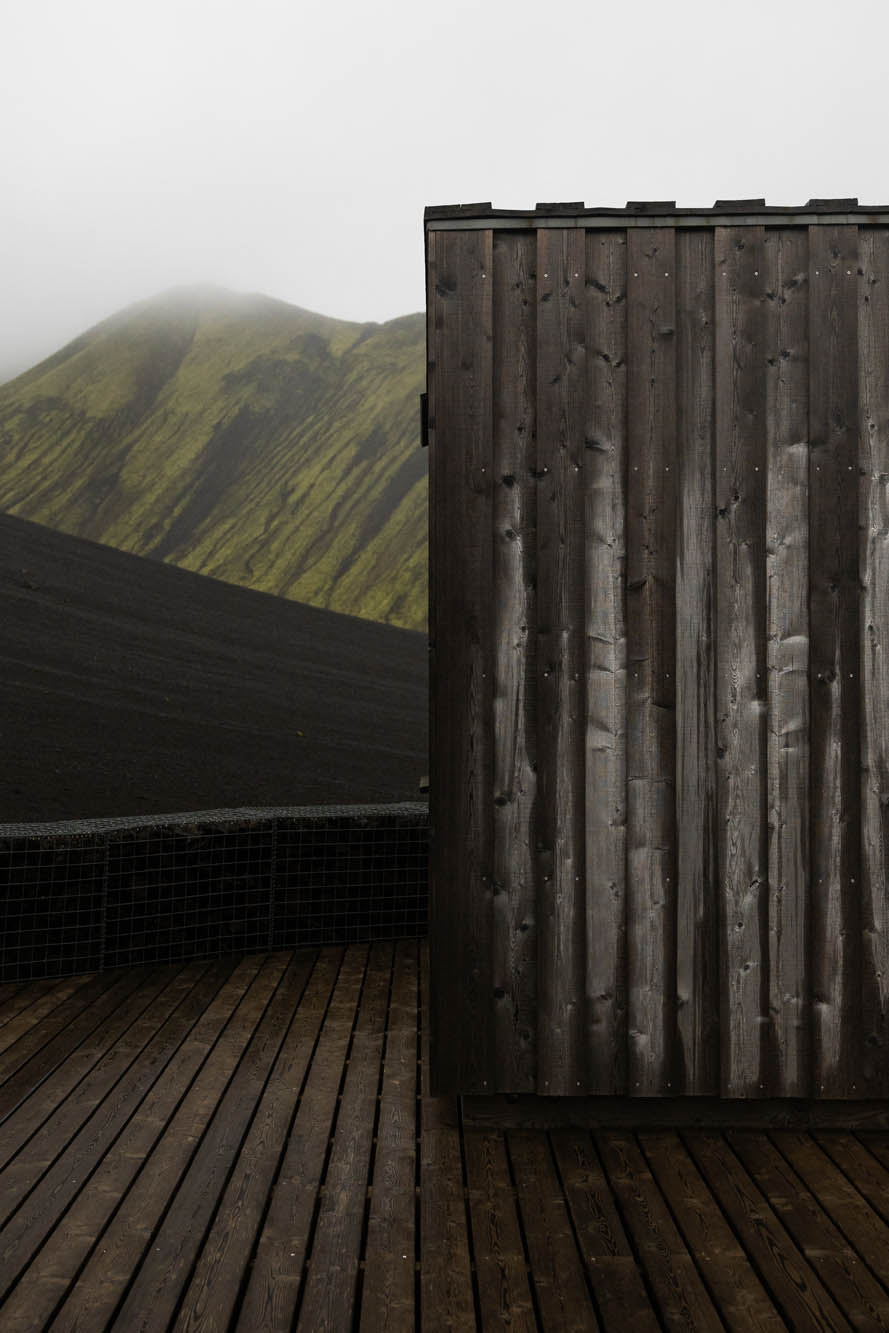
No Iceland trip would be complete without a drone for aerials and texture shots, so I brought along my new DJI Air 3 with a set of ND filters from PolarPro. Also from PolarPro were my camera filters, including my trusty circular polarizer. I never show up to a shoot without a polarizer on my lens. It cuts glare from the image and adds a bit of pop to the colors in a scene, allowing me to showcase all the best parts of it more effectively. When photographing these watches, for example, the polarizer was the perfect tool to make sure that the watch faces were full of contrast and free of any distracting glare.
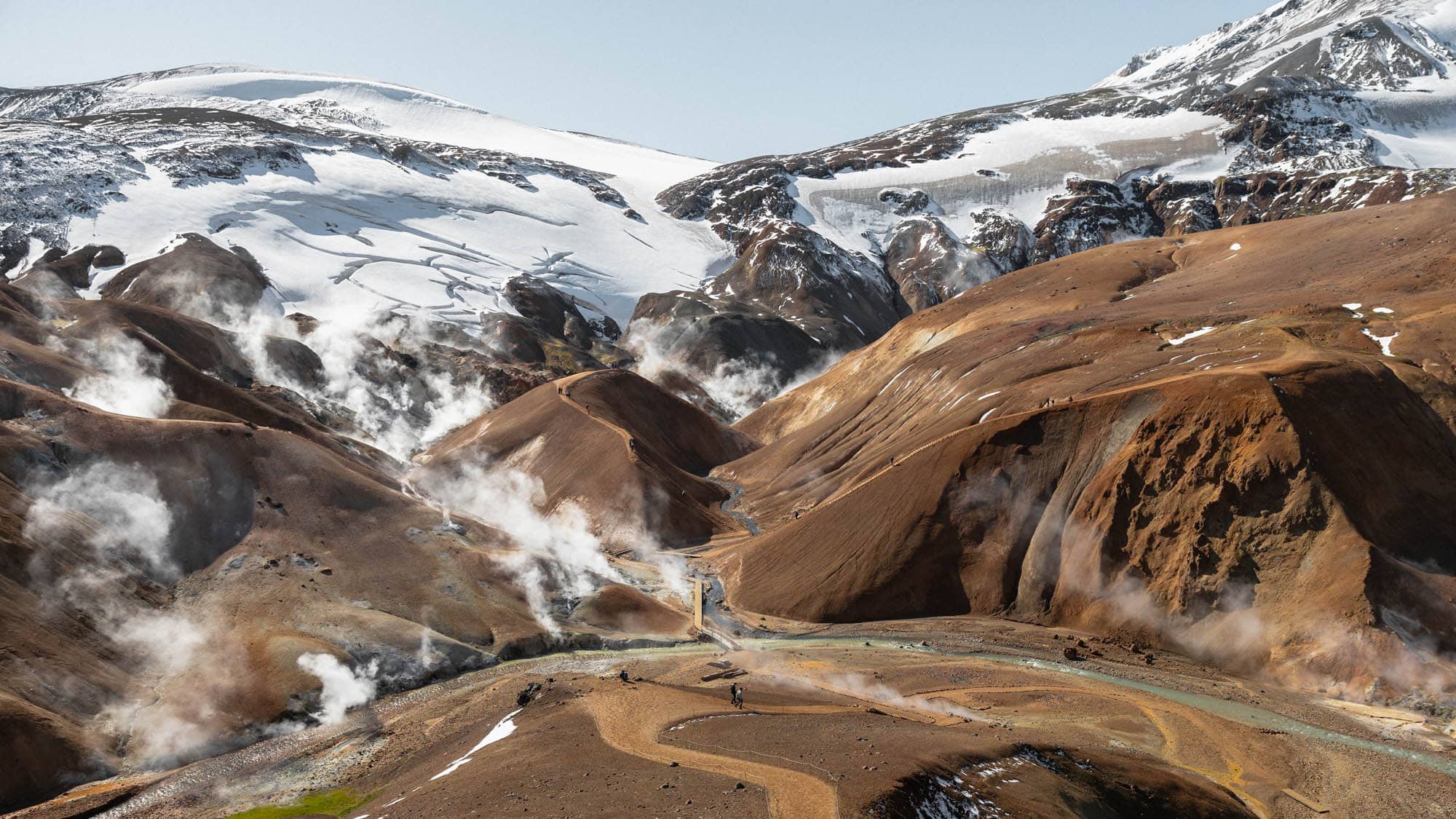
Back to these Alpina watches, I truly fell in love with the Seastrong Diver Extreme Automatic GMT on this trip. The GMT complication allowed me to easily keep track of the time back home when communicating with friends and family, and I particularly enjoyed the black band with the high-contrast face and brushed stainless steel case. It looked great on-wrist and was rugged beyond my needs, even in a place like Iceland. That’s no small feat at all—it truly was the perfect travel watch, and it was the one that I found myself reaching for the most.
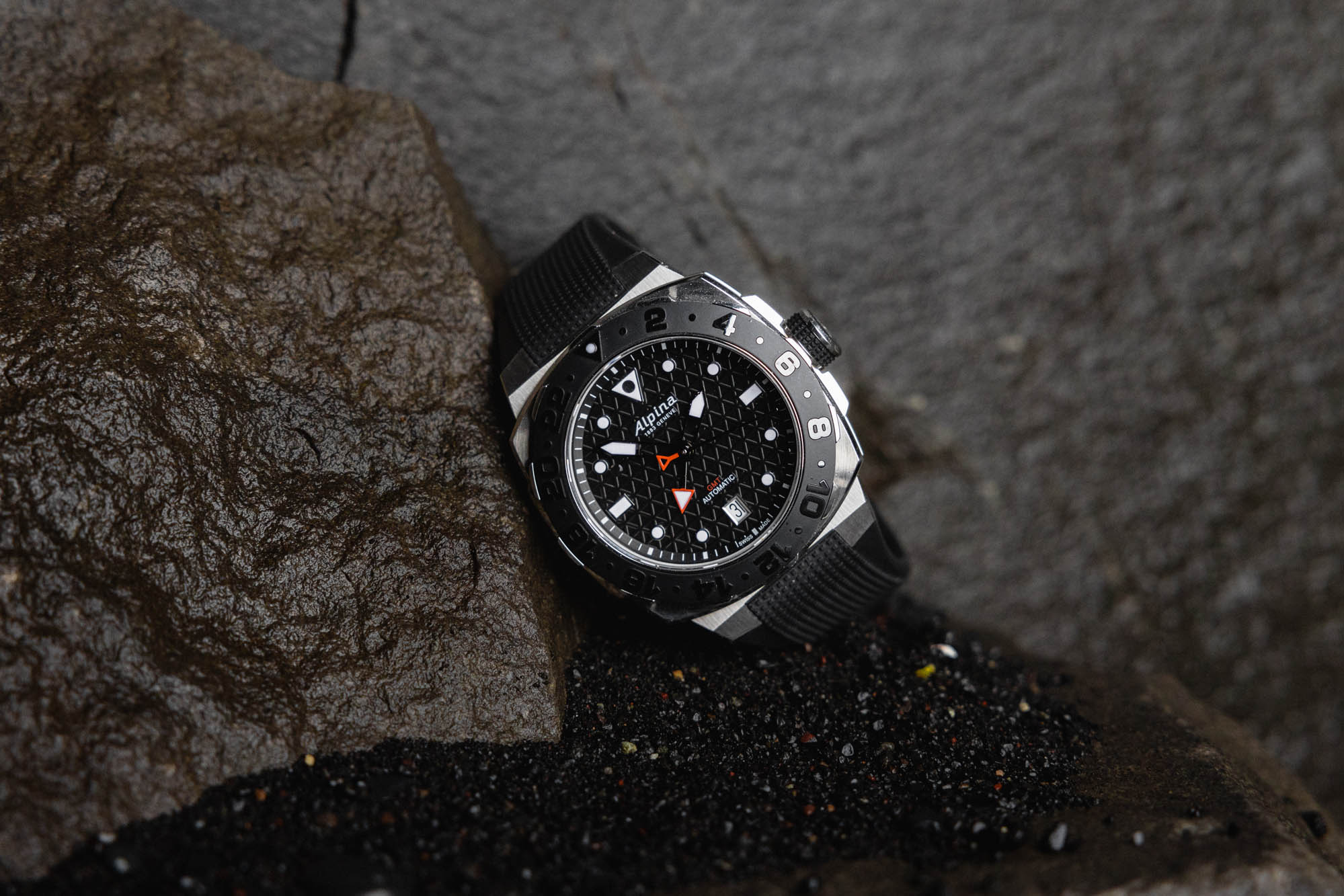
After spending some time in the highlands, a sizable storm made its way to Iceland (surprise, surprise) and sent us back down to the coast. After a night in Reykjavík to rest and recharge, we made our way East to Vík. Braving the storm, we explored the Reynisfjara black sand beach, a tourist hotspot on the island infamous for its sneaker waves. While we avoided most tourist destinations on this trip, Reynisfjara is one that we just couldn’t pass up. With waves crashing to heights in the 15-20 foot range, this beach during a storm is a sight to behold. With the Seastrong Diver Extreme Automatic GMT and all my rain gear in tow, I spent quite a while photographing the interesting rock formations on the beach and watching as the waves battered the shore.
For our final excursion into the highlands, we waited for the storm to clear and then set our sights on Langisjór, a glacial lake deeper into the highlands than we had ever gone. Our drive involved multiple river crossings, some sketchier than others (I may or may not have had to wade waist-deep in glacial water at one point). As the final throes of the storm made their way out of the highlands, we watched mountaintops fade, appear, then vanish again. The road ended at a campsite on jet-black volcanic sand, marking our final stop on this trip. Waking up in the morning, we found ourselves surrounded by moss-covered mountains as the fog receded. This morning was easily my favorite of the whole trip as we watched the skies clear more than we had seen in our entire week, treating us to sunlight raking across the mountains and lake below.
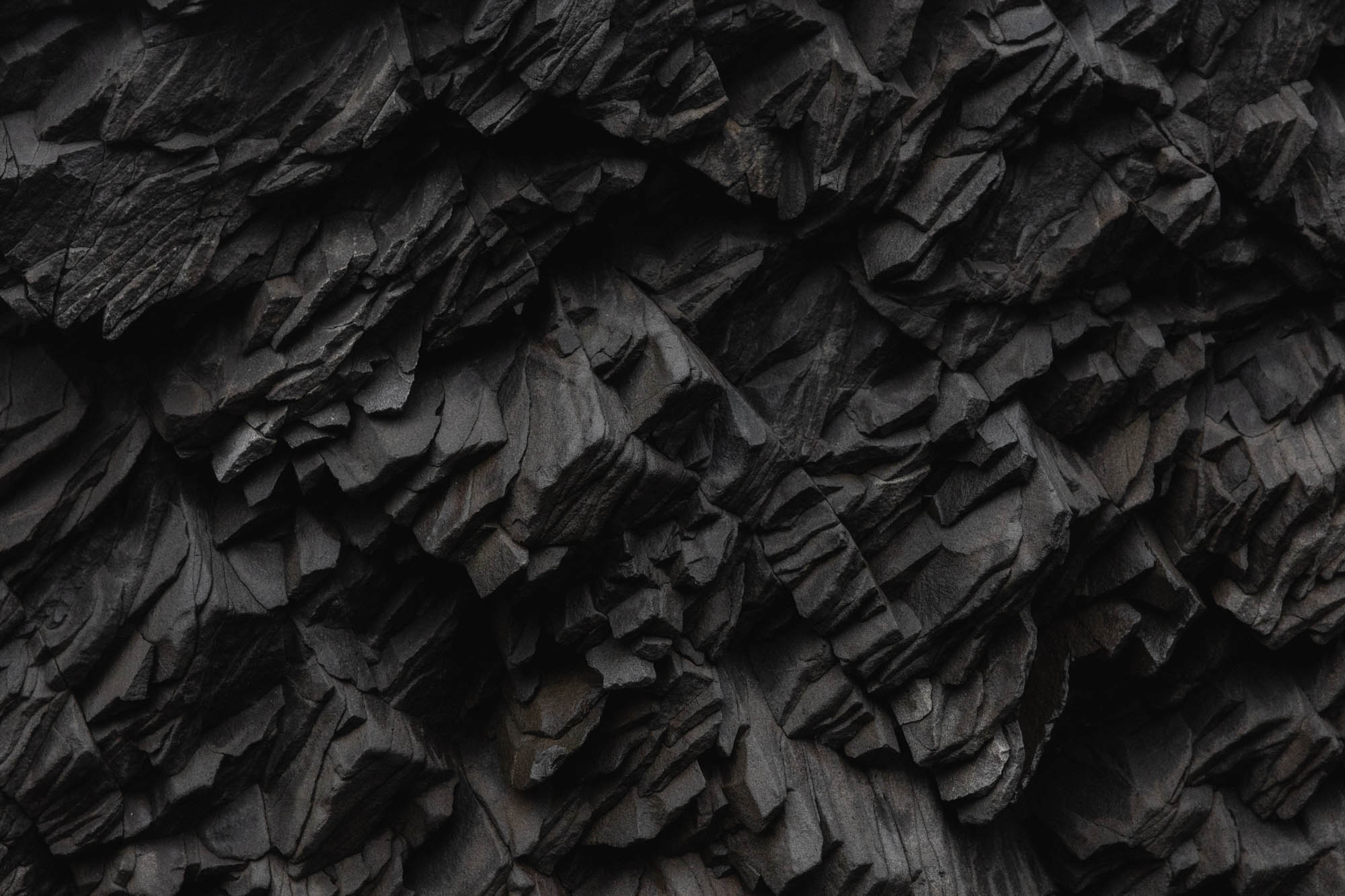
Back at the coast, we enjoyed our first cloud-free sunset over Vatnajökull, Europe’s largest glacier. I can’t think of a better way to cap off a week of pure, rugged adventure. The glacier caught the last rays of sun, glowing in a fiery pink hue. We stood under the mountain Lómagnúpur to take it all in as celebration for another successful adventure up into the North.









 Featured Videos
Featured Videos










